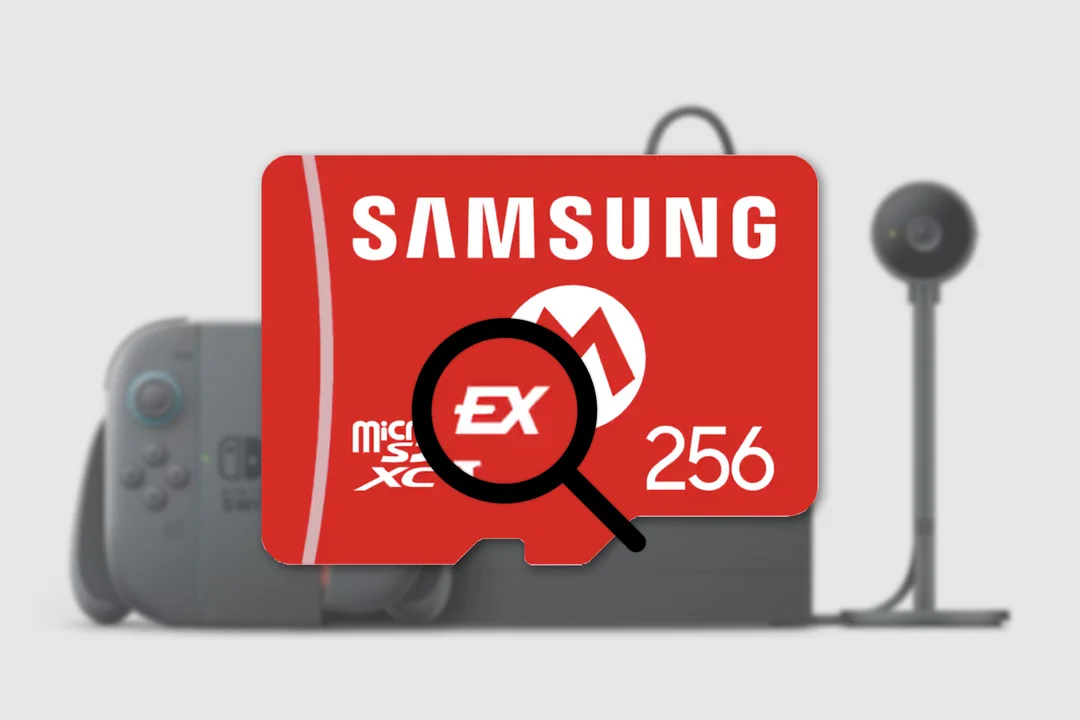
Nintendo Switch 2 & MicroSD Express: What You Need to Know Before You Buy
The Nintendo Switch 2 is generating significant buzz, and one of the most talked-about features is its adoption of microSD Express cards for storage expansion. This marks a departure from the original Switch and Switch OLED, and it has major implications for gamers looking to expand their console's storage capacity. Here's everything you need to know before you invest in these next-gen memory cards.
The new console comes with a respectable 256GB of built-in storage, a substantial increase compared to its predecessors. However, with games like Cyberpunk 2077 demanding upwards of 60GB of space, that storage can quickly fill up. This is where microSD Express cards come in, offering a solution – albeit a pricier one – to expand your storage.
What are microSD Express Cards?

Unlike the standard microSD cards used in the original Switch, microSD Express cards utilize the PCI Express (PCIe)/NVMe interface, the same technology found in modern SSDs. This allows for significantly faster read and write speeds, with a current theoretical maximum of 985 MB/s. Look for the prominent "EX" logo on the card to ensure compatibility.
Why are They Important?
Nintendo has opted for SD Express to accommodate the Switch 2's improved performance and the requirements of modern, demanding games. The console also uses UFS 3.1 storage internally, which is much speedier than the eMMC storage of the original Switch. microSD Express cards are crucial to ensure a minimal drop-off in performance when expanding storage.
Available Options and Pricing
Currently, the selection of microSD Express cards is limited, and prices are higher than traditional microSD options. Some notable brands and models include:
- SanDisk microSD Express Card
- PNY microSD Express Card (Offering a potentially cheaper alternative)
- Samsung microSD Express Card for Nintendo Switch 2
- GameStop Express microSD Card for Nintendo Switch 2
- Onn microSD Express Card (Walmart's in-house brand, often the most affordable)

Prices vary, but expect to pay significantly more compared to standard microSD cards, sometimes exceeding $50 for just 256GB. Walmart's Onn brand appears to offer some of the most competitive pricing, particularly for the 512GB model. PNY also offers cards that are more affordable.
Should You Buy Now or Wait?
The general consensus seems to be: wait if you can. Given the early adoption of this technology and the limited availability, prices are likely to decrease as more manufacturers enter the market and production ramps up. Utilize the Switch 2's internal 256GB storage first and consider purchasing a microSD Express card later when prices stabilize and more options become available.
Performance Considerations
While microSD Express cards offer significantly improved speeds compared to older UHS-I cards, real-world performance may vary. Factors like sustained write speeds can impact overall performance, with speeds potentially dropping under heavy loads.
Backward Compatibility
It’s important to note that SD Express isn’t backwards compatible with UHS-II, so you’ll be limited to UHS-I speeds if you want to use your card with another device (unless you buy a pricey external reader).
Ultimately, the move to microSD Express is a significant step forward for the Nintendo Switch 2. While the initial cost may be a deterrent for some, the improved performance and potential for future price drops make it a worthwhile investment for serious gamers.
What are your thoughts on the Switch 2's adoption of microSD Express? Share your opinions and experiences in the comments below!